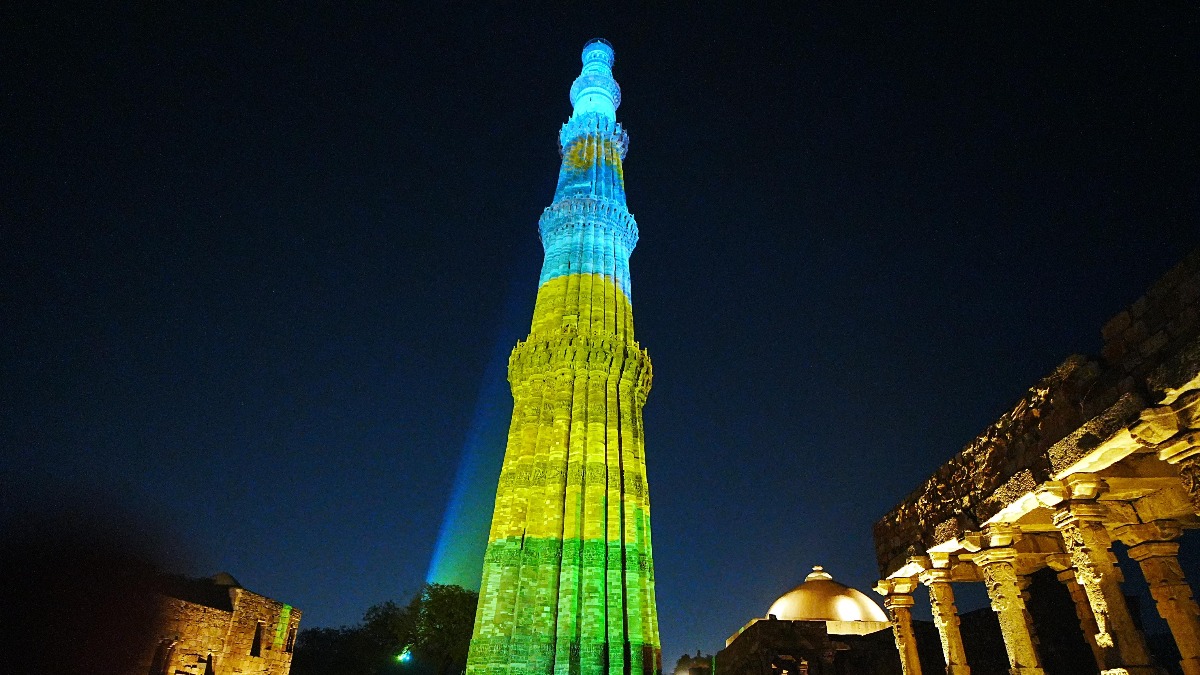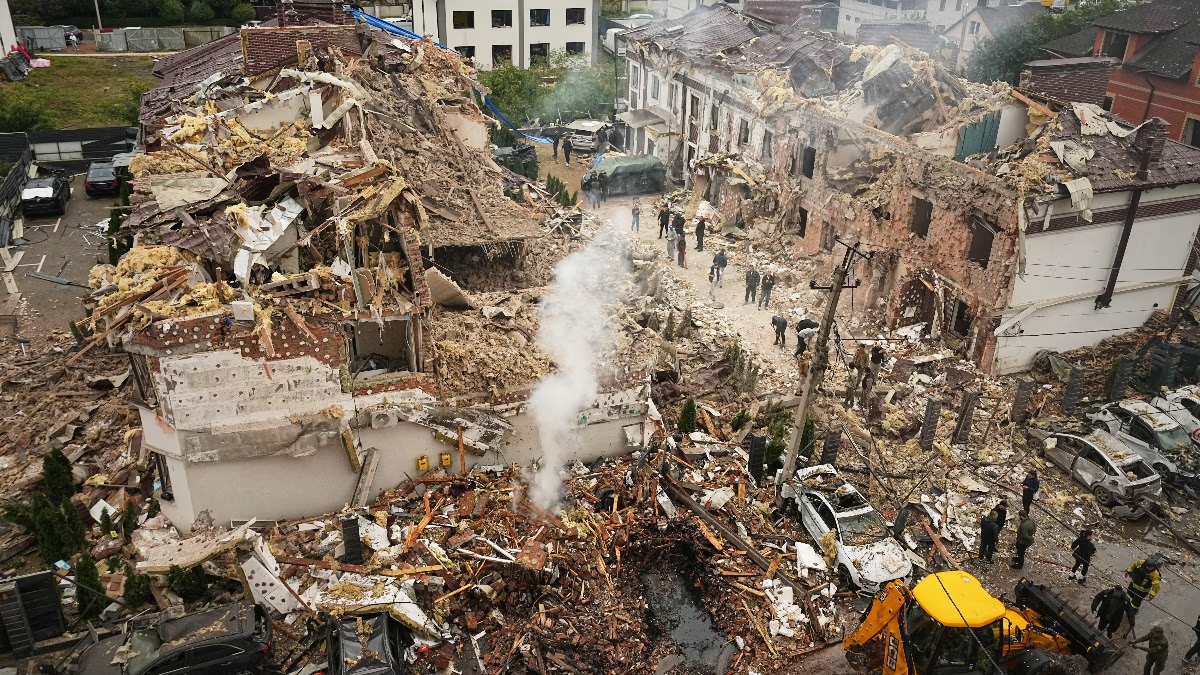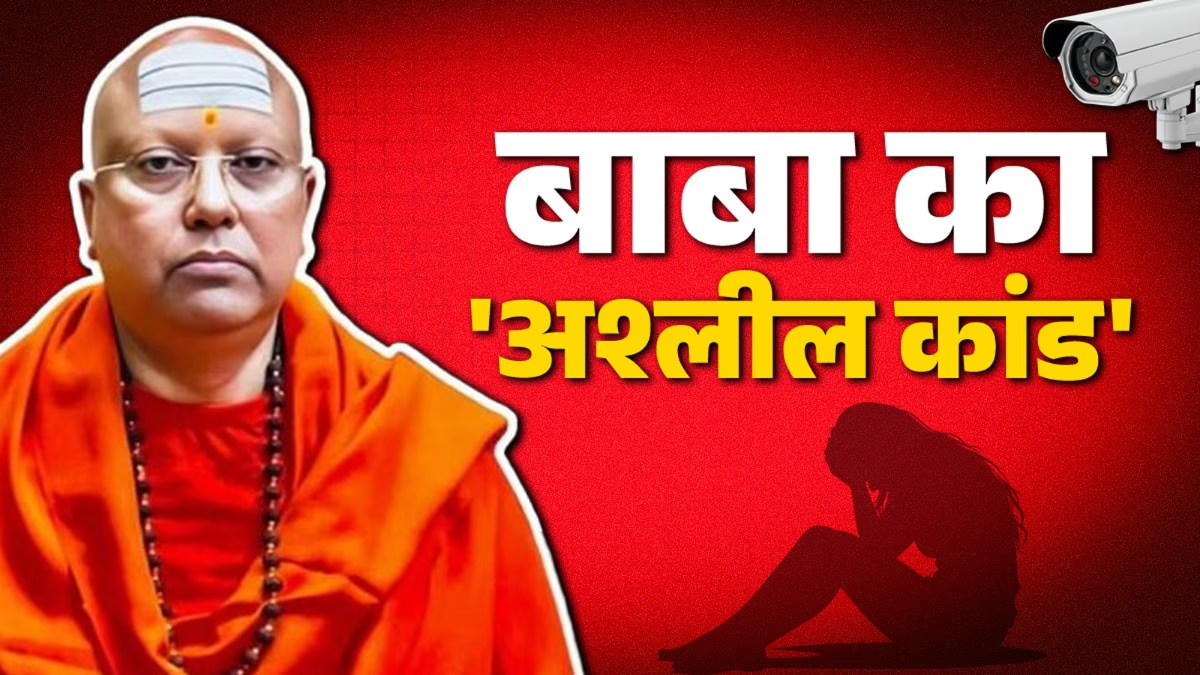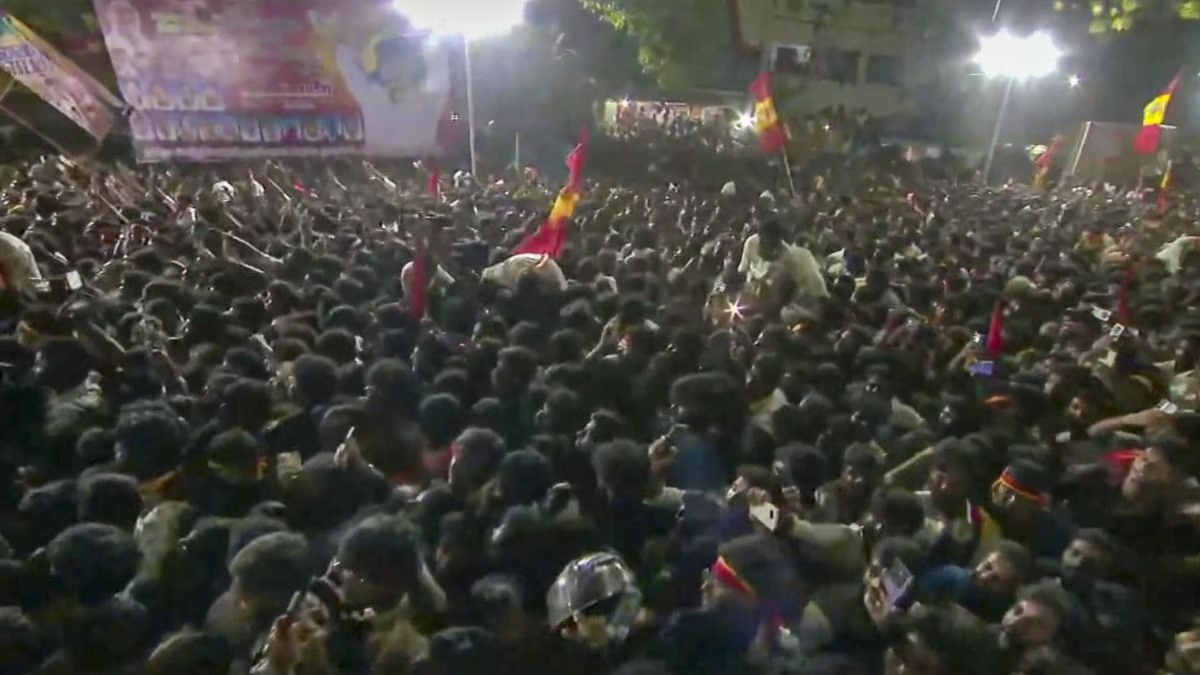In memory of the 1994 genocide, India displayed solidarity with Rwanda by lighting the iconic Qutub Minar in the colors of the Rwandan flag on the night of April 7th. Eastern African nation Rwanda observes the 30th remembrance day, a grim reflection of the time when approximately eight hundred thousand lives were lost.
India's Secretary of Economic Relations, Dammu Ravi, participated in the commemoration of the 30th anniversary of the genocide in Rwanda's capital, Kigali. Ministry of External Affairs spokesperson Randhir Jaiswal elaborated, "Showing solidarity with the people of Rwanda, India illuminated the Qutub Minar today (April 7th), marking the United Nations International Day of Reflection on the 1994 genocide against the Tutsi in Rwanda."
What is the International Day of Reflection?
The United Nations General Assembly adopted a resolution designating April 7th as the International Day of Reflection to remember the genocide in Rwanda. On this day, member states, UN-affiliated organizations, and other international bodies commemorate the victims. Various social organizations also hold special programs on April 7th across Rwanda and other countries to honor the lives lost.
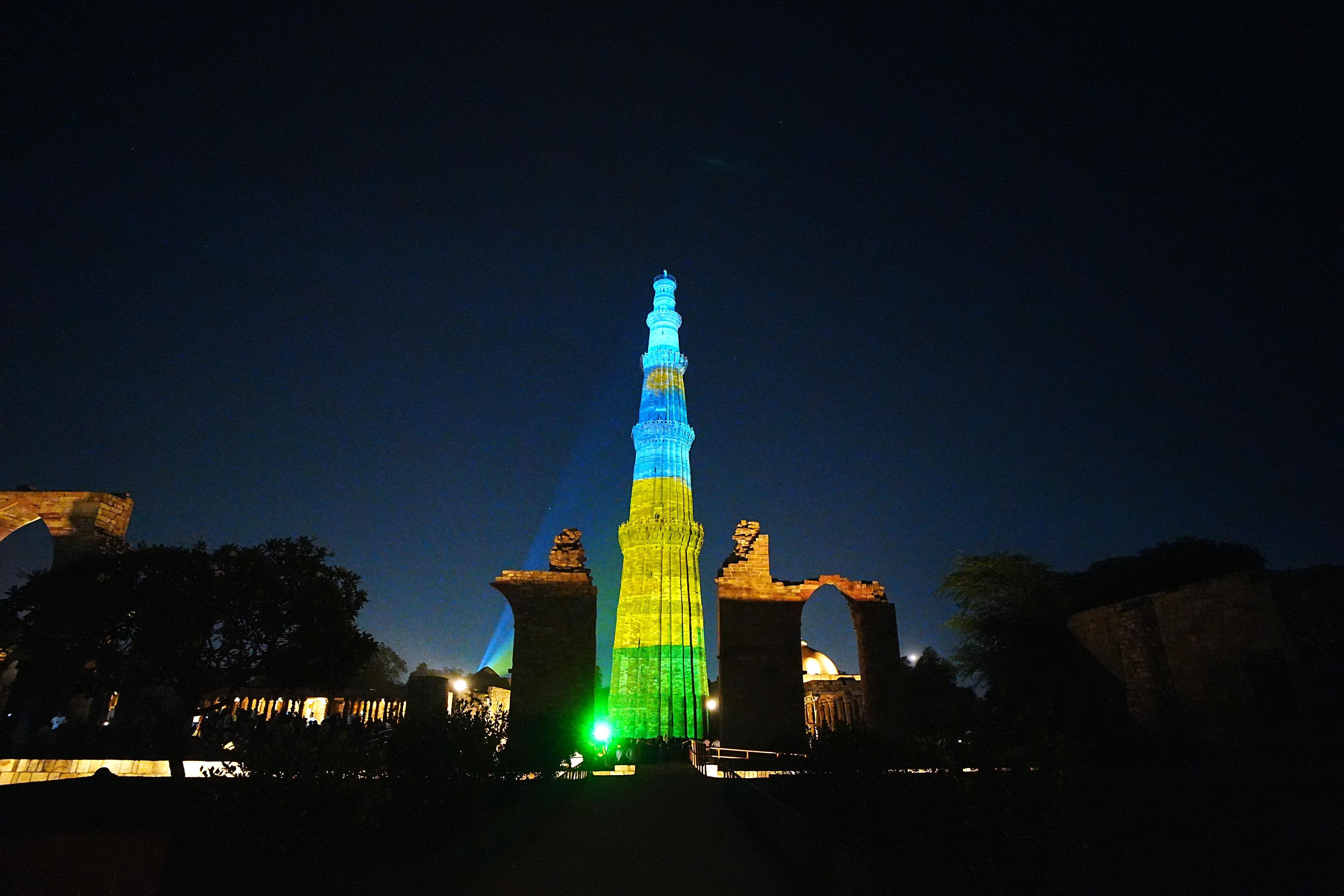
Source: aajtak
Former U.S. President Reflects on His 'Greatest Failure'
On Sunday, Rwandan President Paul Kagame led a memorial service in Kigali, laying wreaths at the mass graves. Prominent leaders from various countries, including India, South Africa, and Ethiopia, as well as former U.S. President Bill Clinton, attended the ceremony. The genocide took place during Clinton's presidency, which he later acknowledged as his 'greatest failure.'
The Genocide's Start: President's Assassination
On the night of April 6th, 1994, the Rwandan President Juvénal Habyarimana was assassinated when his plane was shot down by armed forces from the Hutu community and the 'Interahamwe' militia group. This act triggered the start of a mass slaughter in the capital, which stretched over a hundred days, involving not only the Tutsi but also members of the Hutu community. The situation worsened after the Rwandan Patriotic Front (RPF) rebel militia took control of the capital, Kigali, in July 1994.
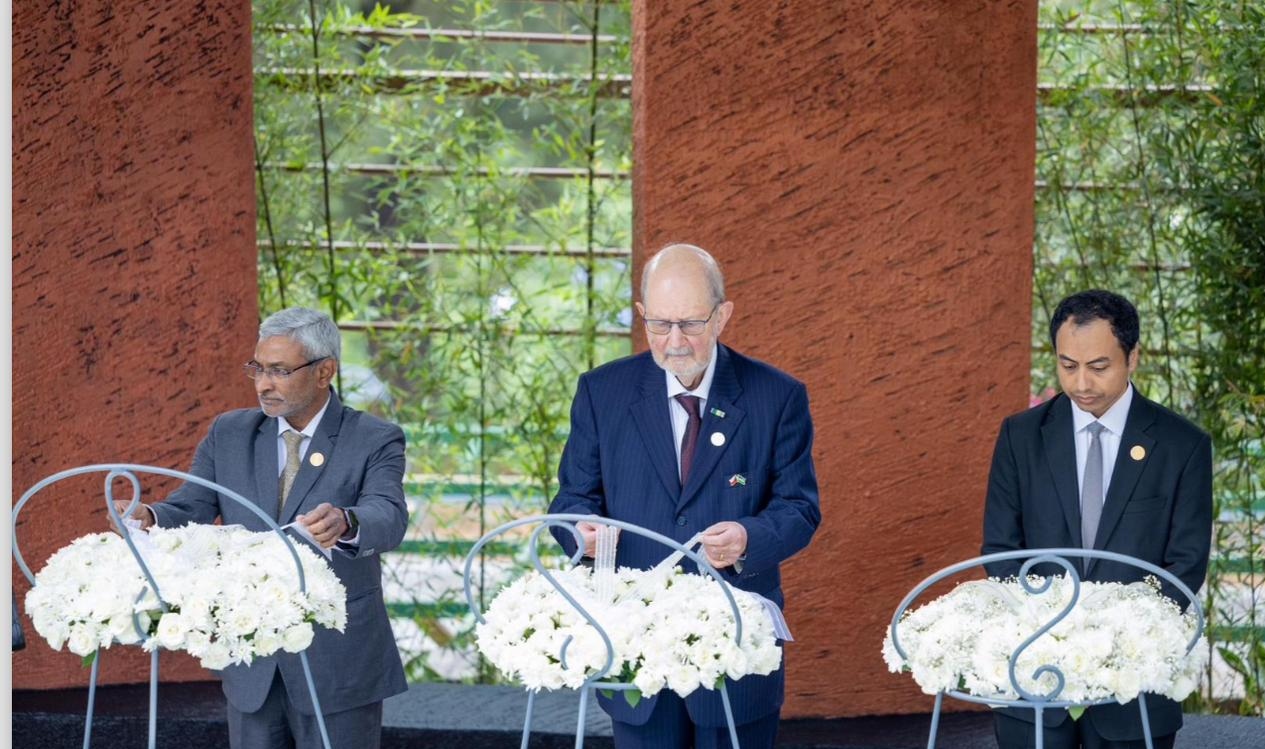
Source: aajtak
It is reported that TV and radio were used to broadcast false and inflammatory news against the Tutsi community. A nationwide campaign of propaganda incited violence against them, resulting in open shootings and lynching in the streets. United Nations statistics indicate that at least 250,000 women were raped during this period. However, since then, the country has been under the governance of the RPF, led by President Paul Kagame.
